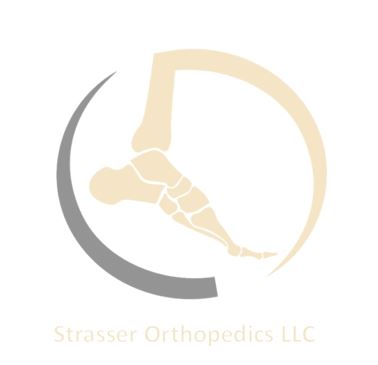“INDICATIONS FOLLOW UP”
 When it comes to talus fractures, there is a lot to consider. One topic that we discussed is the use of “position” screws vs “lag” screws and perhaps deserves more clarification. There are several ways to achieve your reduction. We made the point that dual incisions (exposing medially AND laterally) are very important to help facilitate an accurate reduction. Often the medial side is more comminuted. The loss of bone structure (medially) can create a potential pitfall of shortening – which can cause varus malunion. Arthroscopy is another too that can be utilized as well. By exposing both medially and laterally, the surgeon now has more reference points to judge the reduction. And often the lateral side has a better reduction “read”. You may have a gap on the medial side (from the comminution). Fixation-wise, a mini frag or fracture specific plate fits well laterally and can help provide a template in cases of severe comminution. A plate doesn’t fit well medially as it can create impingement. Medially, the use of a position screw as opposed to a lag screw can help protect from shortening – and thus varus malunion. A traditional lag screw has a gliding hole and a thread hole (example 3.5 mm and 2.5 mm drill hole for 3.5 mm screw) which allows the fracture the ability to compress. A position screw consists of only the thread hole (example 2.5 mm drill hole for 3.5 screw) – which avoids further compression and thus shortening the medial side further —> decreasing risk of varus. As orthopedic surgeons, we love compression….(A)lways (B)e (C)ompressing. 🥰 But in certain circumstances, compression is to be avoided. It’s important to understand when and where to use this technique. Can you think of other situations where we use position screws instead of lag screws?   Click here to join our newsletter!  Copyright (C) 2023 STRASSER ORTHOPEDIC SERVICES Copyright (C) 2023 STRASSER ORTHOPEDIC SERVICESAll rights reserved. |
